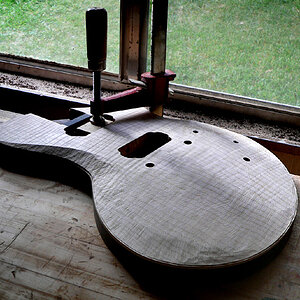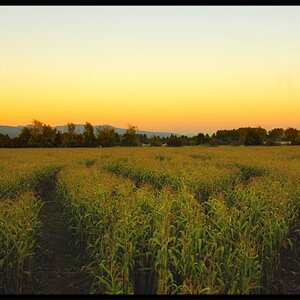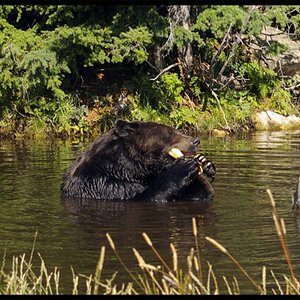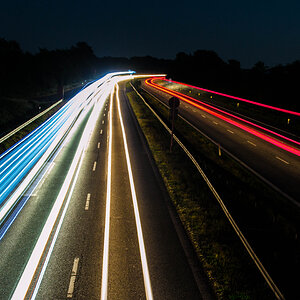Derrel
Mr. Rain Cloud
- Joined
- Jul 23, 2009
- Messages
- 48,225
- Reaction score
- 18,941
- Location
- USA
- Website
- www.pbase.com
- Can others edit my Photos
- Photos OK to edit
SuzukiGS750E5 said:SNIP>>>I have noticed heat coming off of the house, it's apparent against the trees in the background. I can't tell if it's close or far or if it's even inside or out. I was wondering if that had anything to do with my softer images which is why i've been dying to get outside.
Oh, my gosh, yes, if you as a human can "see" heat mirage, if you shoot through it it can affect the image. If there is heat coming from your house, or a neighbor's house, or several houses, that could be an issue. The entire neighborhood could be a big mass of rooftops leaking heat upward. And, as SCraig mentioned, long lenses are unforgiving as heck. I have a 500mm f/8 and have used my old 400/3.5 with its matched TC-301 two-power converter as an 800mm f/7.1 I guess it is.Where I live, in the summertime, the air has so,so much pollen and agricultural particulate matter that about 100 yards,tops, is the limit for a clear, sharp, long-telephoto image, on most summer days. Just too many environmental issues here in the summer months. Plus, shutter release let-off has gotta be ultra-soft at 800mm or at 500mm.
300mm and 400mm can hide some issues, and as you mention, ISO levels at f/8 or f/11 become an issue, and a tradeoff in faster speeds versus higher ISO levels. Realistically, 500mm f/8 mirror teles, or f/8 500 pre-set lenses, or f/8-ish tele-zooms are best in bright, sunny weather, and clear, clean air conditions.




![[No title]](/data/xfmg/thumbnail/37/37621-b86590cf53fc4001d12701ee3091029b.jpg?1619738152)








![[No title]](/data/xfmg/thumbnail/37/37929-d9f744e40945eb18b68bb10eb79dbbbc.jpg?1619738401)